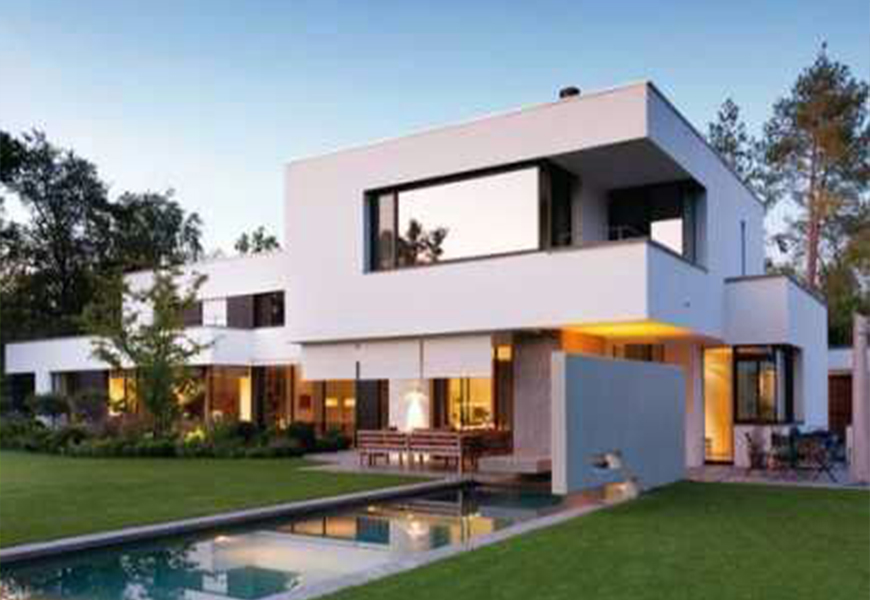Estimation
The costs of a constructed facility to the owner include both the initial capital cost and the subsequent operation and maintenance costs. Each of these major cost categories consists of a number of cost components.
The capital cost for a construction project includes the expenses related to the inital establishment of the facility:
- -Land acquisition, including assembly, holding and improvement
- -Planning and feasibility studies
- -Architectural and engineering design
- -Construction, including materials, equipment and labor
- -Field supervision of construction
- -Construction financing
- -Insurance and taxes during construction
- -Owner’s general office overhead
- -Equipment and furnishings not included in construction
- -Inspection and testing






The operation and maintenance cost in subsequent years over the project life cycle includes the following expenses:
- 1.Land rent, if applicable
- 2.Operating staff
- 3.Labor and material for maintenance and repairs
- 4.Periodic renovations
- 5.Insurance and taxes
- 6.Financing costs
- 7.Utilities
- 8.Owner’s other expenses
The magnitude of each of these cost components depends on the nature, size and location of the project as well as the management organization, among many considerations. The owner is interested in achieving the lowest possible overall project cost that is consistent with its investment objectives. It is important for design professionals and construction managers to realize that while the construction cost may be the single largest component of the capital cost, other cost components are not insignificant. For example, land acquisition costs are a major expenditure for building construction in high-density urban areas, and construction financing costs can reach the same order of magnitude as the construction cost in large projects such as the construction of nuclear power plants.
From the owner’s perspective, it is equally important to estimate the corresponding operation and maintenance cost of each alternative for a proposed facility in order to analyze the life cycle costs. The large expenditures needed for facility maintenance, especially for publicly owned infrastructure, are reminders of the neglect in the past to consider fully the implications of operation and maintenance cost in the design stage.
In most construction budgets, there is an allowance for contingencies or unexpected costs occuring during construction. This contingency amount may be included within each cost item or be included in a single category of construction contingency. The amount of contingency is based on historical experience and the expected difficulty of a particular construction project. For example, one construction firm makes estimates of the expected cost in five different areas:
Design development changes, Schedule adjustments, General administration changes (such as wage rates), Differing site conditions for those expected, and Third party requirements imposed during construction, such as new permits.






